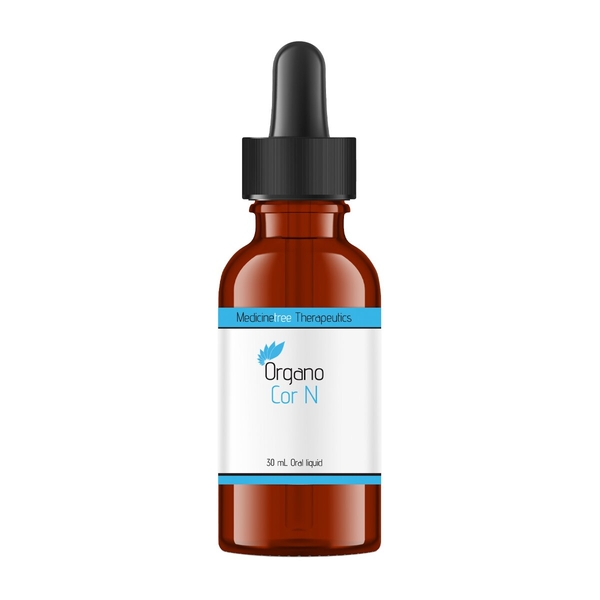
Background
Pheasant's eye has heart stimulant effects similar to the drug digoxin.
People use pheasant's eye for heart failure, irregular heartbeat, and many other conditions, but there is no good scientific evidence to support any use. Using pheasant's eye can also be unsafe.
Safety Safety definitions
Special Precautions & Warnings:
Pregnancy and breast-feeding: Pheasant's eye is considered poisonous and is likely unsafe to use while pregnant or breast-feeding. Avoid use.Heart disease: Don't self-medicate with pheasant's eye if you have heart disease. It is unsafe to use and can cause serious adverse effects.
Low blood potassium levels: Pheasant's eye can affect the heart. Low potassium levels can also affect the heart and increase the risk of serious side effects from pheasant's eye.
Effectiveness
Dosing & administration
Interactions with pharmaceuticals
Antibiotics (Macrolide antibiotics)
Interaction Rating=Moderate Be cautious with this combination.
Some antibiotics might increase how much pheasant's eye the body absorbs. Taking pheasant's eye along with these antibiotics might increase the serious side effects of pheasant's eye.
Antibiotics (Tetracycline antibiotics)
Interaction Rating=Moderate Be cautious with this combination.
Some antibiotics might increase how much pheasant's eye the body absorbs. Taking pheasant's eye along with these antibiotics might increase the serious side effects of pheasant's eye.
Digoxin (Lanoxin)
Interaction Rating=Major Do not take this combination.
Digoxin helps the heart beat more strongly. Pheasant's eye contains chemicals similar to digoxin. Taking pheasant's eye along with digoxin can increase the effects of digoxin and increase the risk of side effects. Do not take pheasant's eye if you are taking digoxin.
Medications for inflammation (Corticosteroids)
Interaction Rating=Moderate Be cautious with this combination.
Pheasant's eye might affect the heart. Some medications for inflammation can decrease potassium in the body. Low potassium levels can also affect the heart. Taking these products together can increase the risk of serious side effects.
Quinine
Interaction Rating=Moderate Be cautious with this combination.
Quinine might increase how much pheasant's eye stays in the body. Taking quinine with pheasant's eye might increase the serious side effects of pheasant's eye.
Stimulant laxatives
Interaction Rating=Moderate Be cautious with this combination.
Pheasant's eye might affect the heart. Stimulant laxatives can cause diarrhea and decrease potassium levels. Low potassium levels can also affect the heart. Taking these products together can increase the risk of serious side effects.
Water pills (Diuretic drugs)
Interaction Rating=Moderate Be cautious with this combination.
Pheasant's eye might affect the heart. "Water pills" can decrease potassium levels. Low potassium levels can also affect the heart. Taking these products together can increase the risk of serious side effects.
Interactions with herbs & supplements
Herbs that contain cardiac glycosides: Pheasant's eye contains chemicals that can affect the heart. These chemicals are called cardiac glycosides. Using it along with other supplements that also contain cardiac glycosides can increase the risk of heart damage. Examples of supplements that contain cardiac glycosides include black hellebore, foxglove, lily-of-the-valley, oleander, and pleurisy root.
Horsetail: Pheasant's eye contains chemicals that affect the heart. Horsetail can decrease potassium levels. Low potassium levels can also affect the heart. Taking these products together can increase the risk of serious side effects.
Licorice: Pheasant's eye contains chemicals that affect the heart. Licorice can decrease potassium levels. Low potassium levels can also affect the heart. Taking these products together can increase the risk of serious side effects.
Stimulant laxative herbs: Pheasant's eye contains chemicals called cardiac glycosides. Using herbs that act like stimulant laxatives along with cardiac glycoside-containing herbs such as pheasant's eye increases the risk of heart damage due to loss of too much potassium. Examples of supplements with this effect include aloe, alder buckthorn, gossypol, rhubarb, and senna.
Interactions with foods
Products
View all products- Adonis vernalis
- Crataegus monogyna (Hawthorn)
- Lycopus virginicus
- Porcine aorta
- Porcine heart
- Porcine pericardium
- Porcine mitral valve
- Porcine coronary vein
- Porcine heart ventricles
- Selenicereus grandiflorus
- Cytisus scoparius
- Phosphorus
- Strophanthus hispidus
- Porcine artery
- Cholesterol





